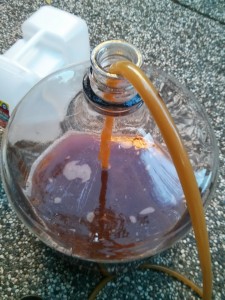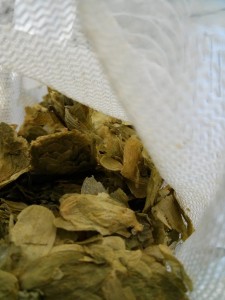The fermentation stage of home brewing is where the magic happens. Ya, it can take a while – typically about two weeks, depending on the kind of beer you’re making – but it’s worth the wait.
You could spend a lifetime studying the science behind fermentation, but it basically boils down to this: yeast eats sugar and turns it into alcohol(and CO2). And the process is pretty simple, really. Once you’ve finished the boil and you’ve added hops etc, then you need to let the wort cool down to at least 80 degrees or so. If you don’t let it cool down enough, you run the risk of killing the yeast you’re about to pitch into the wort.

For most home brewers, bags of ice or immersion chillers are the most common methods of cooling down the wort. Once cooled, it’s time to pitch the yeast. Beginning home brewers will likely be using powdered yeast, or liquid yeast in a vile. If you’re using liquid yeast, make sure to bring it down to room temperature before pitching. If you’re using powdered yeast, it’s best to re-constitute before pitching, although not completely necessary. If you do re-constitute, make sure to purify the water by boiling it for at least 10 minutes, or you could contaminate your beer.
After pitching the yeast, it’s best to aerate the wort. You can do this by swishing it around for a few minutes. Other methods include aeration rods or stones, which are typically more efficient than the grab-and-swirl method. The yeast needs oxygen in order to do it’s job, so this is important.
There are two things you want to do while your beer ferments: 1.) Keep it out of sunlight, so a dark room or wrapped in a blanket or towel will do, and 2.) Keep the temperature within the recommended range. The recommended temperature can vary greatly depending on the type of beer your making. It can have a dramatic effect on the beer as well. Too hot or cold and you risk killing the yeast. Dialing it up or down slightly can change the flavor as well.

